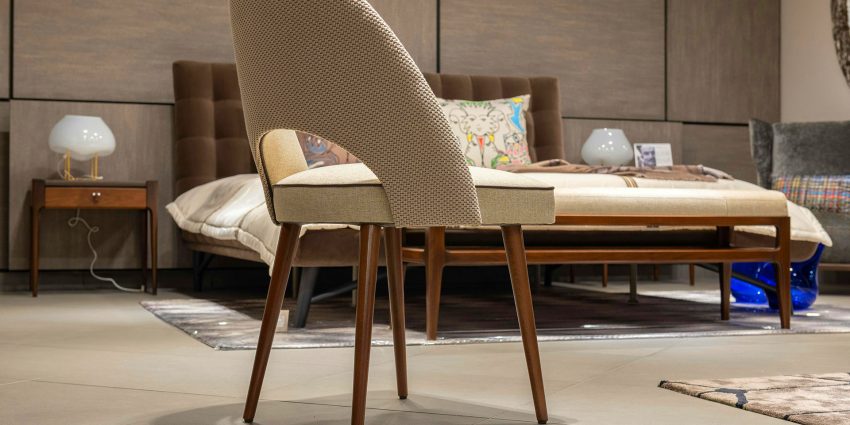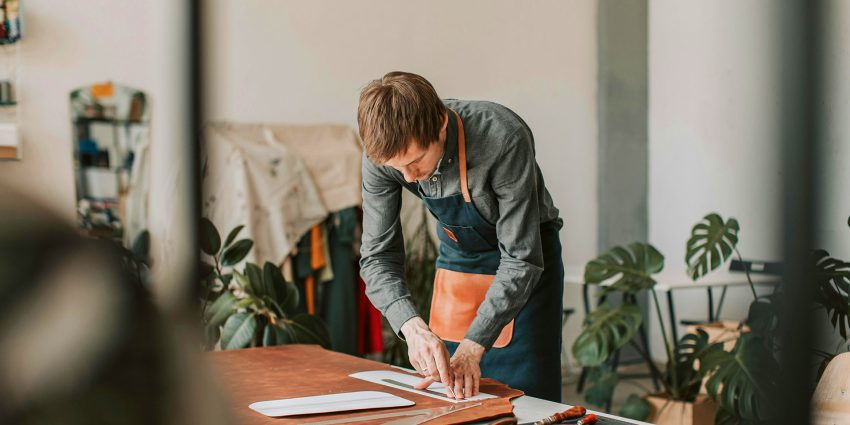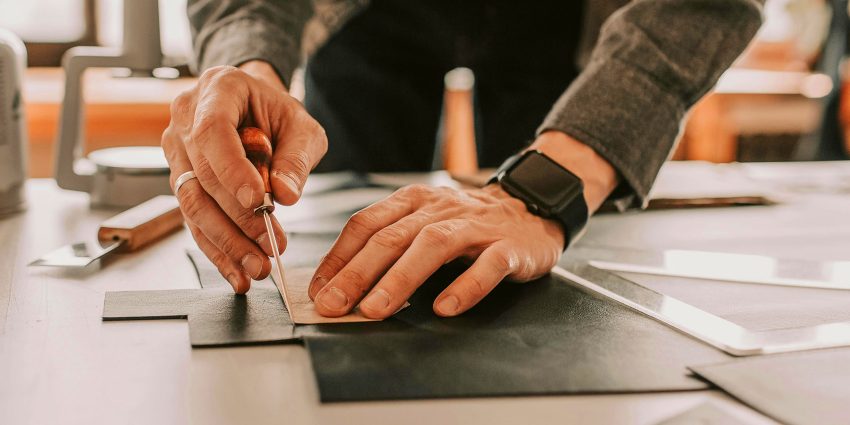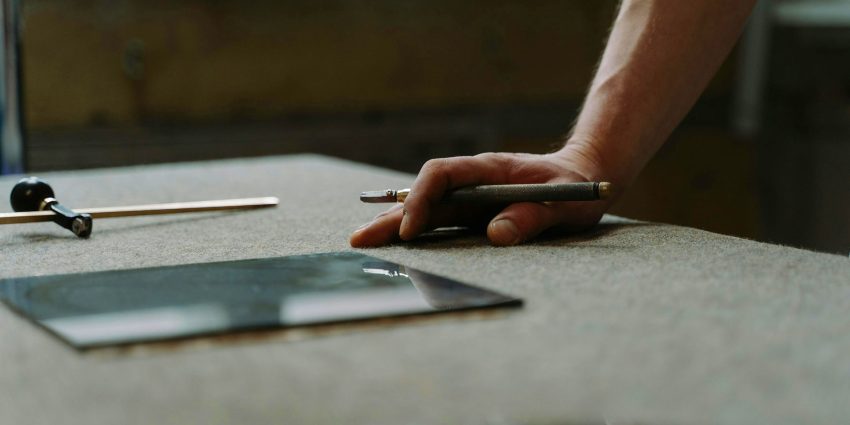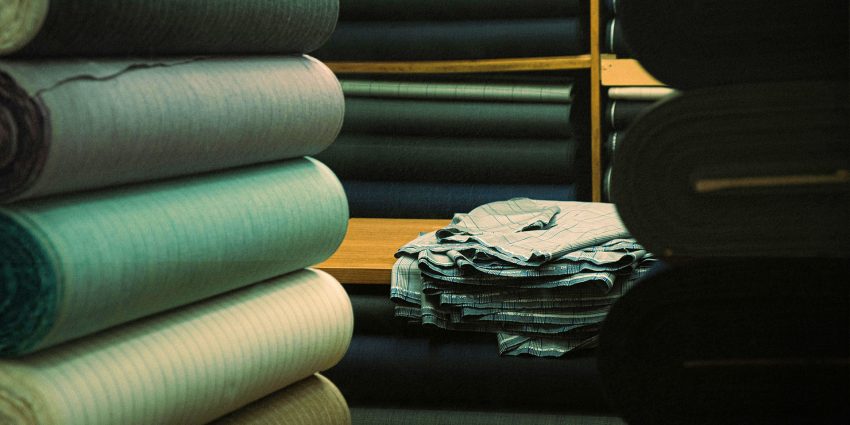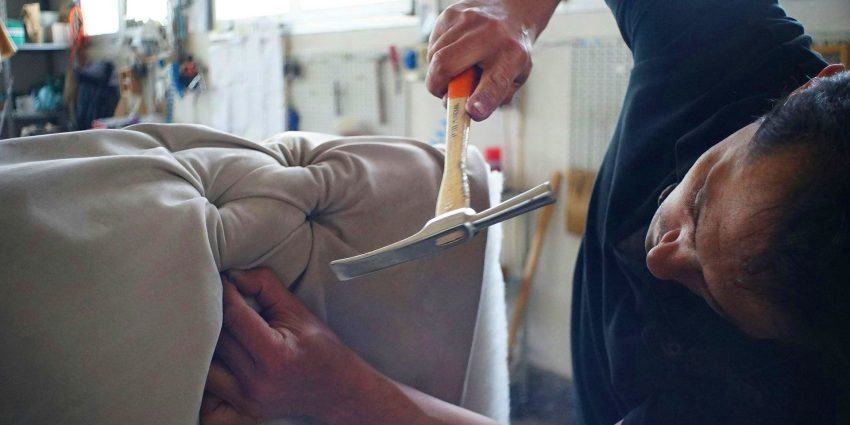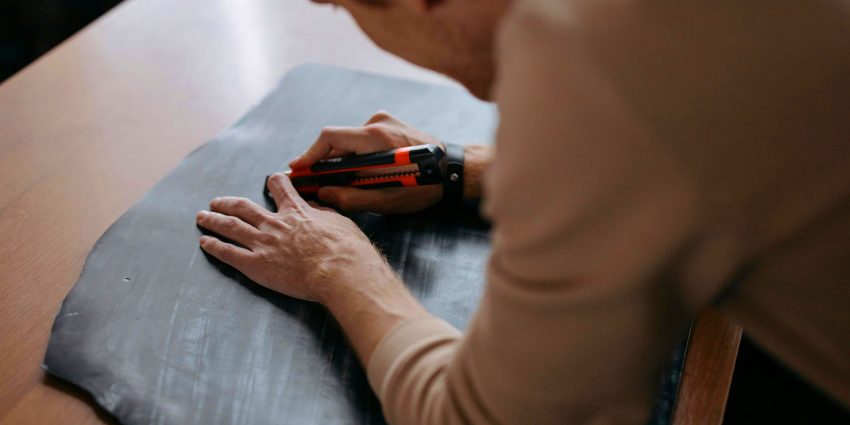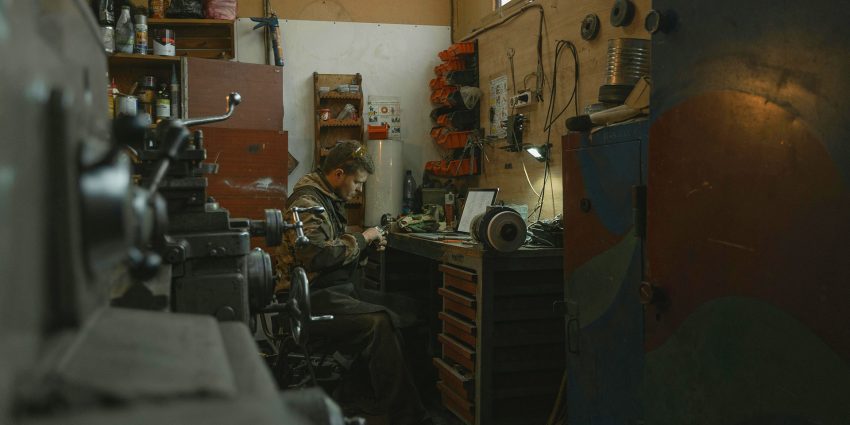It’s easy to spot the difference once you’ve lived with both. One piece gets better with time, soft edges, tight…
Don’t Let Bad Tools Ruin Great Upholstery
You can start with the best fabric, the perfect pattern, even years of experience under your belt, but the moment…
Why Pros Still Use C.S. Osborne After So Many Years
Every trade has its legends. The tools that have shaped industries, outlived their makers, and defined what craftsmanship looks like.…
Think Your Tools Are Enough? Here’s What You’re Missing
You’ve got a full toolbox. Every drawer lined, every slot filled. You’ve been at your craft for years, so what…
Tools That Make Complex Upholstery Look Effortless
Certain upholstery projects look intimidating at first glance. Tufted headboards, curved arms, deep seats, or furniture with intricate details all…
Why Your Fabric Doesn’t Drape Right (Hint: It’s Not the Fabric)
Every upholsterer has been there. You pull, stretch, and staple, but the fabric still won’t lie smoothly. Wrinkles creep across…
The One Tool Upgrade Every Upholsterer Should Make
Every upholsterer has a favorite tool. But there’s one upgrade that changes the game more than any other: the hammer.…
Stop Struggling with Upholstery, Try the Tools Pros Actually Use
Upholstery looks simple until you try it yourself. Stretching fabric, pulling edges tight, setting tacks or staples, it can feel…
The Fine Art of Upholstery with Precision Tools
Upholstery is more than fabric stretched over a frame. It’s a craft that balances strength with elegance, tradition with detail.…
4 Smarter Tools for a Craft That Endures
Upholstery has never been about quick fixes. It’s a craft rooted in patience, detail, and a respect for materials that…

